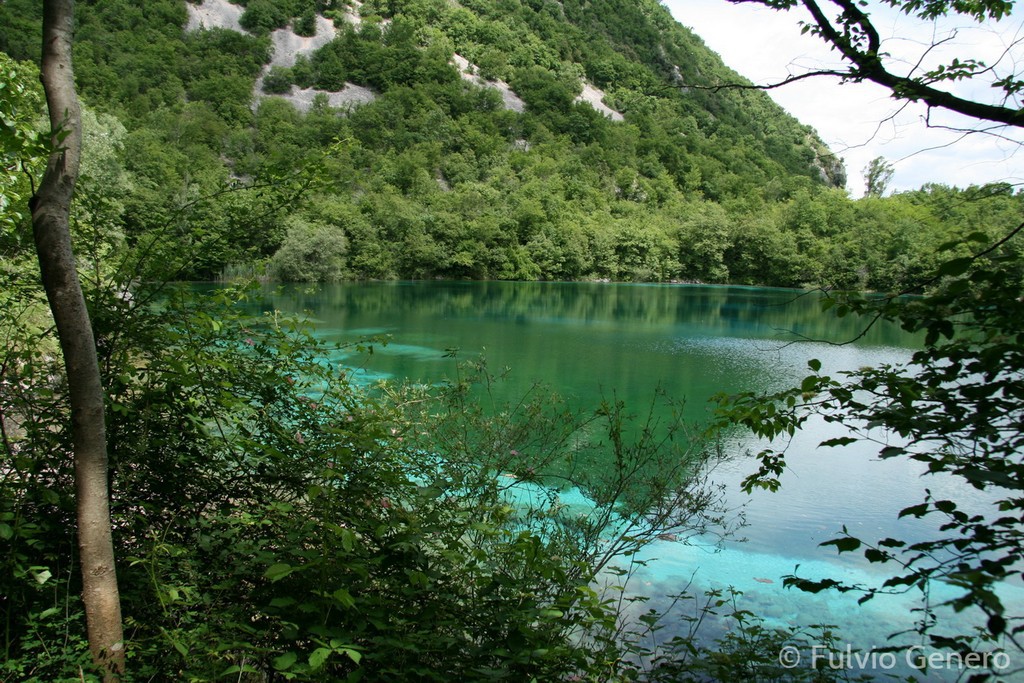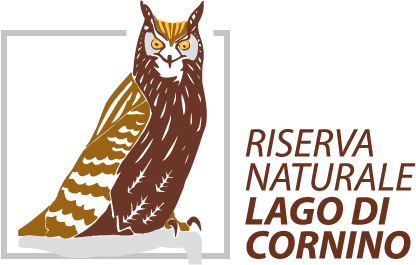The Reserve

The Nature Reserve is located at the extreme south-eastern edge of the Carnic Alps, with the wide bed of the Tagliamento river separating it from the Julian Alps, the band of foothills and the high plain of Friuli. It covers an area of 487 hectares (1,200 acres) within the municipalities of Forgaria in Friuli and Trasaghis. It occupies most of the riverbed of the Tagliamento between the village of Peonis and the bridge near Cornino, for a total length of almost six kilometres, taking in the meadows and cultivated fields surrounding the villages and extending westward to include the large amphitheatre of rock above Somp Cornino together with the lake and the steep slopes and debris cones that, to the north, separate the Tagliamento from the mountains. While reaching modest altitudes, the height differences within the reserve are significant, ranging from the 170 metres above sea level (a.s.l) of the river to the more than 700 metres (a.s.l) of the plateau of Monte Prat.
The area is characterized by high environmental diversity and significant natural history value. The topography and exposure of the reliefs, the presence of the river, as well as the importance from the biogeographical perspective of the prealpine eastern sector mean that the wildlife and vegetation are of great interest, with animal and plant species often present at the limit of their distributions. Thermophilic species, associated with hot environments, are favoured by the unusual climatic conditions, with the extensive development of the xerophilous ( = loving arid environments) vegetation found on rocks and screes together with the flood plains of the Tagliamento, of which one of the most interesting is linked to the presence of the holm oak (Quercus ilex) in rocky areas.
The karst topography gives the area a rough and wild feel. The area is characterized by the very evident presence of limestone cliffs and for the alluvial debris fans and landslides that reach the broad bed of the Tagliamento. The river itself, an element of great interest in natural history and landscape terms, runs for a length of about 170 km but is only protected in the part within the Reserve. The Tagliamento is defined, in the first report on the state of the Alps (CIPRA, 1998), as the “king of Alpine rivers” because it represents a type of landscape that has disappeared almost completely from Central Europe and is the only river that still has its natural floodplain.
In a large depression, amidst detrital cones and the remains of ancient landslides, lies the Lake of Cornino, characterized by its unusual water transparency that is blue-green in colour.
A conservation project for the griffon vulture (Gyps fulvus) was started on the Reserve in the 1980s, leading to the establishment of a nesting colony. Initiatives for experimentation and scientific research have also been promoted, aimed at providing benefits in terms of education and wildlife tourism.
The visitor centre is the main reference point for the Reserve and the starting point for several itineraries, provides interpretation tools and information relating to various aspects of the area and the activities taking place. Most of the initiatives are linked to the Griffon Project which is one of the elements of greatest interest within the protected.
